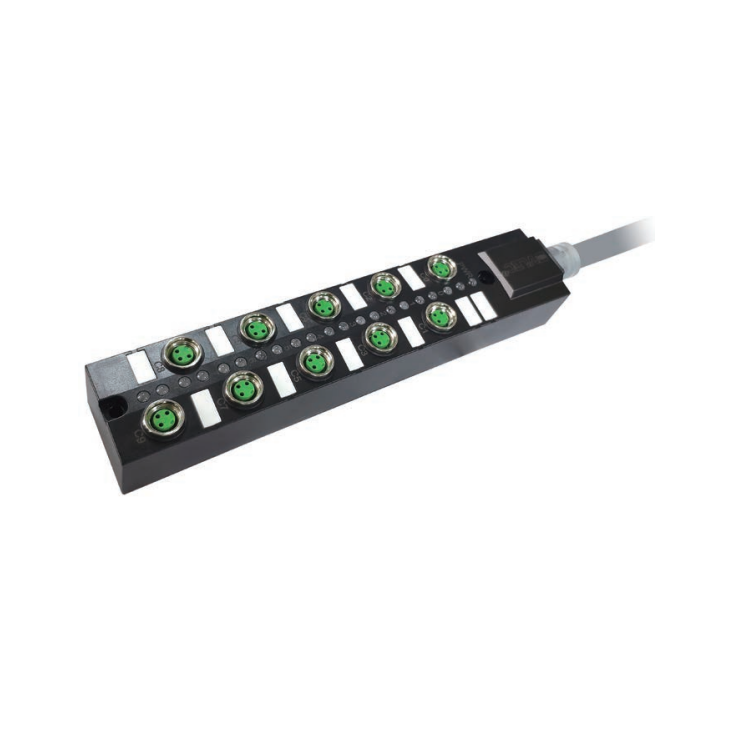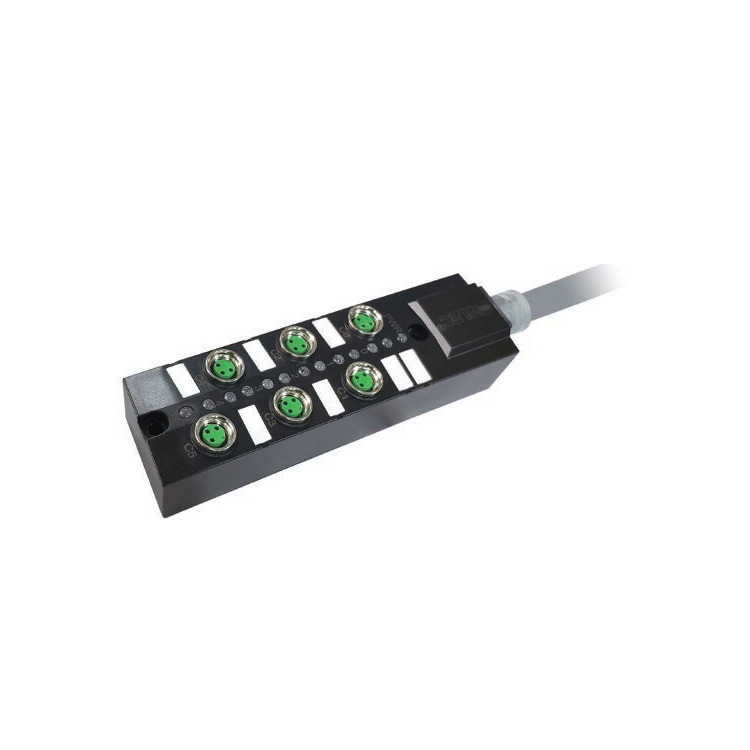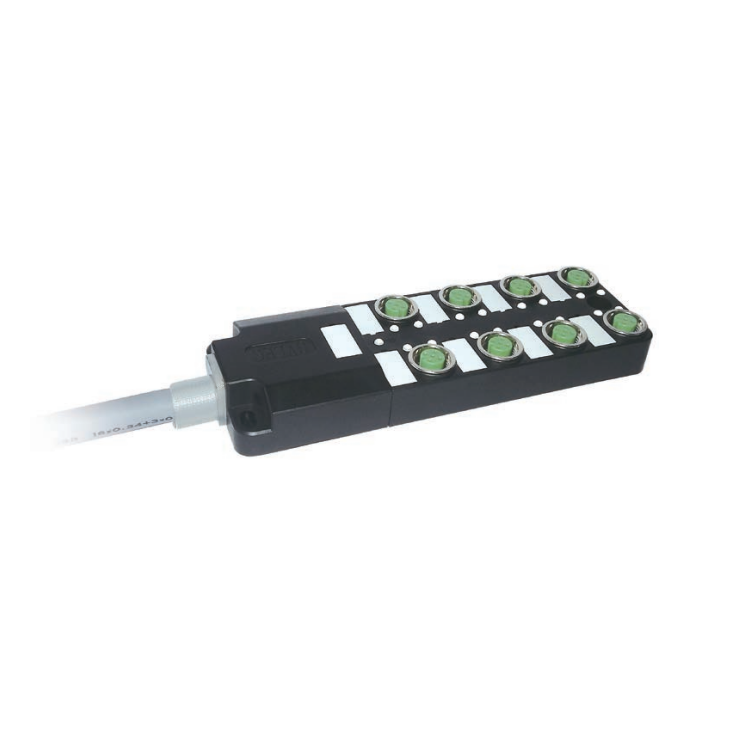**Data Collector**
A data collector, also known as a barcode hand terminal or handheld computer, is a portable device that combines a barcode scanner, RFID technology, and a data terminal in one compact unit. It operates on battery power, making it ideal for mobile use. This device enables real-time data acquisition, automatic storage, instant display, quick feedback, and seamless data processing and transmission. It ensures the accuracy, validity, and timeliness of field data, making it an essential tool in various industries. Its design is compact, lightweight, and highly functional, allowing easy handling and efficient operation in different environments.
Mid-range and advanced data collectors offer more capabilities compared to entry-level models. The main difference lies in the CPU speed, with advanced models typically featuring faster processors, which are crucial for complex microcontroller configurations. These advanced devices are commonly used in more demanding residential and industrial settings, especially where high computational performance is required. A CPU clock speed above 200MHz is often recommended for optimal performance. Additionally, they come equipped with advanced communication features like Ethernet and Wi-Fi, an LCD interface for interactive displays, and USB ports for local data transfer. These features require greater memory and flash storage, along with a real-time operating system (RTOS) to manage operations efficiently.
Although a data collector may seem like a small component within a larger system, it plays a vital role in enhancing grid intelligence. Beyond collecting data from electronic meters, these devices can perform various practical tasks such as checking signal quality, monitoring power usage, recording events, and reporting system failures. Whether it's an entry-level, mid-range, or advanced model, selecting the right 32-bit microcontroller simplifies development and offers cost-effective solutions. Engineers should consider factors like on-chip resources, reliability (including temperature and humidity resistance, data retention, and anti-static protection), system integration, unique features like data encryption, and overall cost when choosing the best microcontroller for their application.
**Data Collector Detection Method and Process**
A data collector, also referred to as an inventory machine or handheld computer, is a mobile, compact, and high-performance device designed for easy handling. It integrates a barcode or RFID reader and is capable of processing data on its own. With built-in wireless connectivity options like Wi-Fi, GPRS, and Bluetooth, it can easily be used outdoors or in remote locations.
**Tools/Equipment**
- Industrial data collector
- Network data acquisition software
- Batch data collector
**Method/Steps**
The data collector is primarily used to collect information such as barcodes or RFID tags. It can process data internally and transmit it wirelessly. This makes it highly versatile for applications requiring mobility and real-time data management.
It functions as an information-gathering tool, capable of saving content directly to a database or publishing it online. Users can set rules for automatic web page collection, enabling the retrieval of specific formatted content. Modern data collectors have evolved into systems that can not only gather but also analyze and process data effectively. For instance, SQL Server 2008’s Performance Data Collector allows users to create a centralized database for storing performance metrics, using three built-in data collection groups to monitor and troubleshoot server issues through detailed reports.
The 4C5000W model includes a central processing unit (CPU), read-only memory (ROM), random access memory (RAM), a keyboard, on-screen display, and a computer interface. It also features a barcode scanner, power supply, and other essential components. The device can be connected to a computer via a cradle for data upload or download. Programs running on the handheld are developed on the computer and then transferred to the device, allowing it to perform specific tasks based on user requirements.
SVLEC provide M8 M12 junction box, which connects Sensors and actuators to the control system. They are ideal for harsh conditions, especially for cooling and lubricants. Fully encapsulated housing provides a higher level of protection and excellent shock and vibration resistance .



Distribution System,M8 Junction Box,M23 Input Distribution Box,Distribution Box with PCB plug,M12 Distribution System
Kunshan SVL Electric Co.,Ltd , https://www.svlelectric.com
